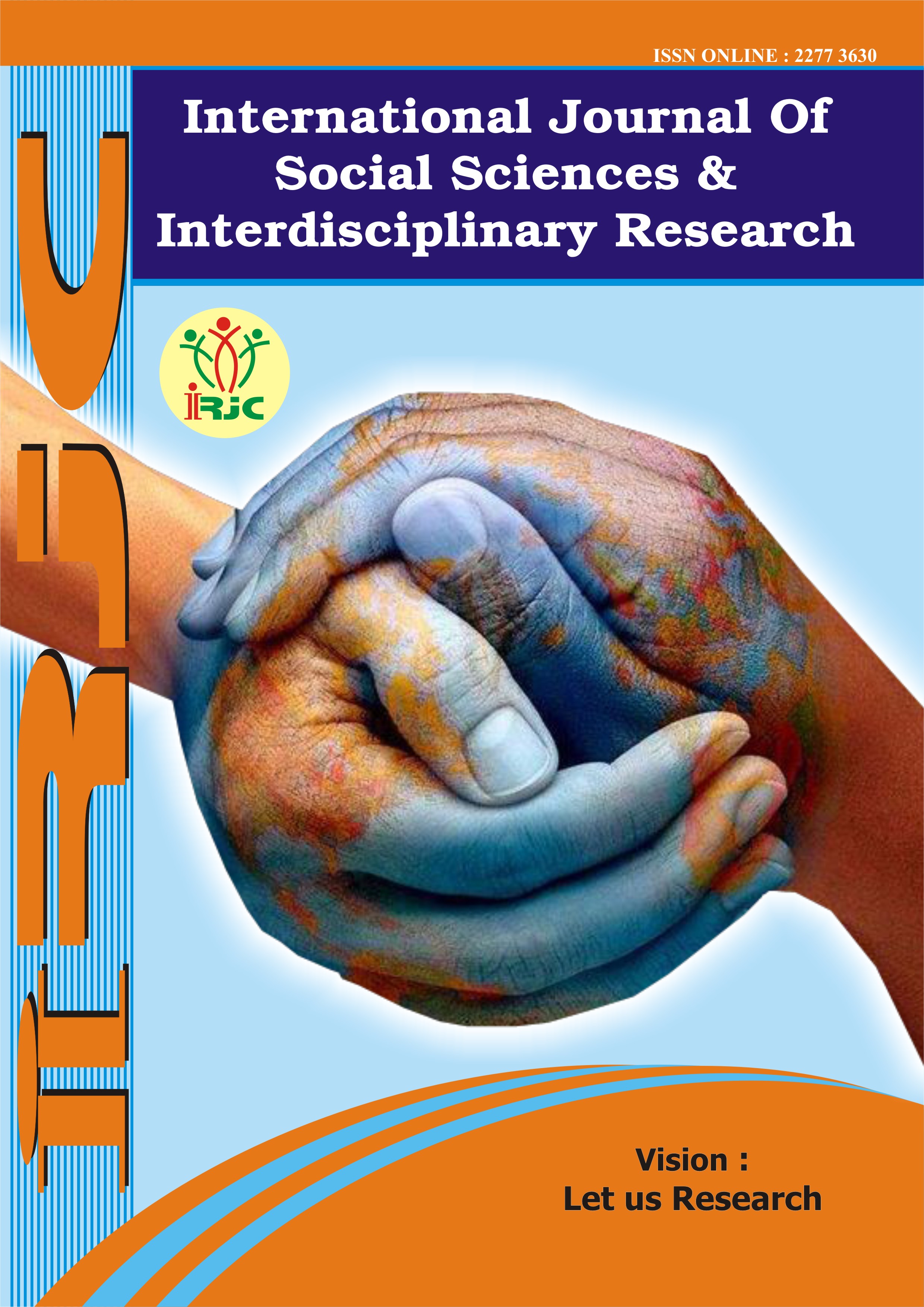LINGUISTIC AND EXTRALINGUISTIC FACTORS FORMING THE CONCEPTUAL FIELD OF PARABLES
Keywords:
conceptual field, parables, linguo-cultural and spiritual values, cultural and national identity, cultural codes.Abstract
The purpose of the article is to discuss and find out some features of linguistic and extra linguistic factors forming the conceptual field of parables. Moreover, the article illustrates the theoretical foundations of the study of culture through language.
References
Alimsaidova S. A. Comparison of spatial constructions in the Russian and Uzbek languages in the formation of sociolinguistic competence //Scientific Bulletin of Namangan State University. – 2019. – Т. 1. – №. 7. – С. 204-214.
Humboldt V.F. Izbrannye trudy po yazykoznaniyu / Per. G. V. Ramishvili. – Moscow: Progress, 1984. – 400 p.
Khamzaevna, R. M. "Linguistic features of the novel" New Moscow Philosophy" by V. Pyetsuh." International Journal of Research 7.3 (2020): 198-201.
Khudoyberganova Z.N., Mamarajabov B.B. Language and culture: the question of interaction and interaction// Modern education / Sovremennoe obrazovanie, – T., 2016, – No. 1. – pp. 30-34.
Maslova V.A. Introduction to Linguistic Culture. Uchebnoe posobie. – Moscow: Nasledie, 1997, – 208 p.
Parmonov, Alisher Abdupattaevich, and Shakhnoza Kadirovna Kudratova. "Developing writing skills in non-linguistic higher educational institutions." European research: innovation in science, education and techology. 2020.
Parmonov, Alisher, Durdona Mahkamova, and Dilorom Melikuziyeva. "How to give an effective presentation?." InterConf (2020).
Qudratova Q Sh., Yigitaliyeva M.A. Verbal and nonverbal means of influence in advertising texts. Asian journal of multidimensional research. 2021, Volume : 10, Issue : 4. Pp. 420-425.
Solijonov, Muhammadjon Zokirjonogli. "Conceptual field analysis sample of the text (on the example of parable)." Актуальные вопросы современной науки и образования. 2021.
Solijonov, Mukhammadjon. "On the linguocultural analysis of the conceptual field in the text." European Journal of Molecular & Clinical Medicine 7.3 (2020): 3656-3660.
Z. Isaqov. "Linguistic and Cultural Characteristics of the Concept of Friendship in Proverbs." Vital Annex: International Journal of Novel Research in Advanced Sciences 1.3 (2022): 30-34.
Йигиталиева, Мухлиса Ахадовна. "Орнитонимларнинг лексик-семантик майдони ва унинг дунё билиш жараёнидаги ўрни." integration of science, education and practice. Scientific-methodical journal 3.3 (2022): 184-189.
Насирдинов, Ойбек Абдубаннонович. "The role of authentic materials in teaching foreign languages." Вестник науки и образования 13-3 (2020): 50-52.
Олимов Х.Ю., Худойназарова Г. What is ESP? Молодой ученый. 2017. № 32 (166). С. 101-102.
Тиляходжаева, Фазиля Мухамеджановна. "Задания для работы с кинофильмами в преподавании иностранных языков." Молодой исследователь: вызовы и перспективы. 2019.
У. Ахмедов, Н. Каримова Кasb-hunar kollejlarida ingliz tili o’qitishning hozirgi ahvoli. - Молодой ученый, 2017. C.9-10.
Хамдамова, Дилафруз. "Принцип антропоцентризма в современной лингвистике: обзор, предпосылки и тенденции развития." Общество и инновации 2.5/S (2021): 221-227.
Хасанова, Дилфуза Одиловна. "Заимствованные лексические единицы как база словообразования." Филологические науки. Вопросы теории и практики 3 (2010): 164-166.
Эргашева, Мухайё Валижоновна. "Оламнинг лисоний манзараси ва семантик майдонларга бўлиниши." Молодой ученый 3-1 (2016): 59-62.
Эрназарова, Хилола Эргашевна, and Муяссар Иномовна Абдуллаева. "История развития периодов социальной педагогики." Исследование инновационного потенциала общества и формирование направлений его стратегического развития. 2014.
Downloads
Published
How to Cite
Issue
Section
License
Copyright (c) 2022 GEJournals

This work is licensed under a Creative Commons Attribution-NonCommercial-NoDerivatives 4.0 International License.





